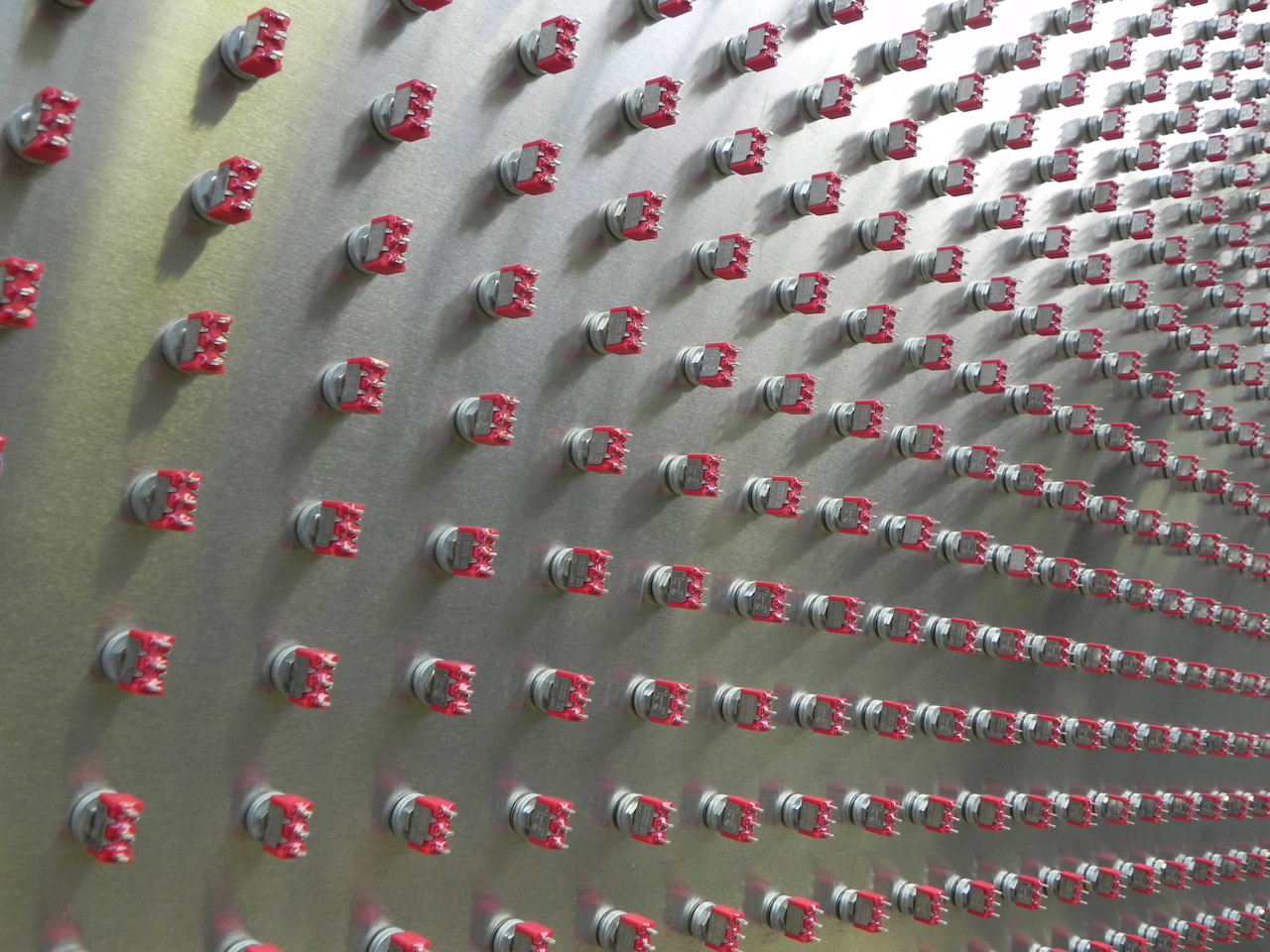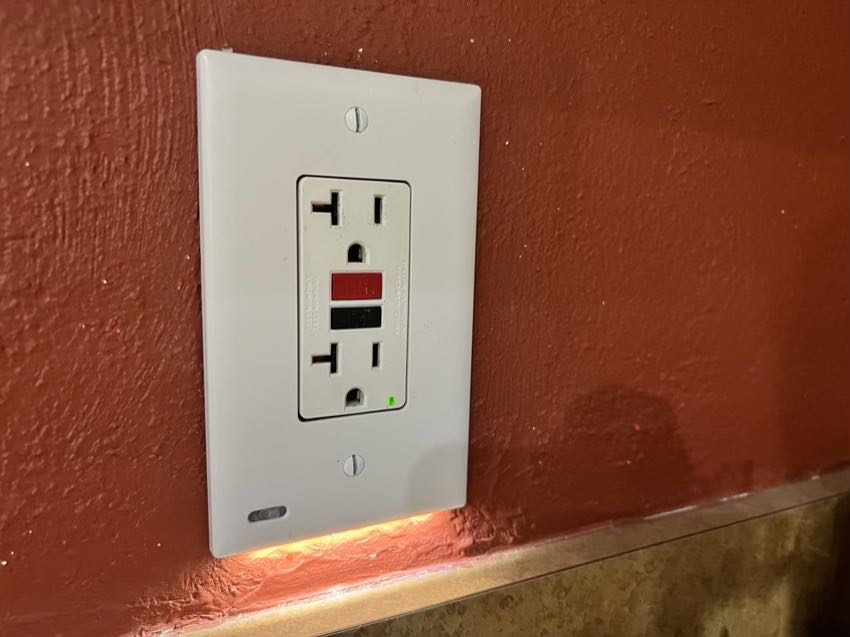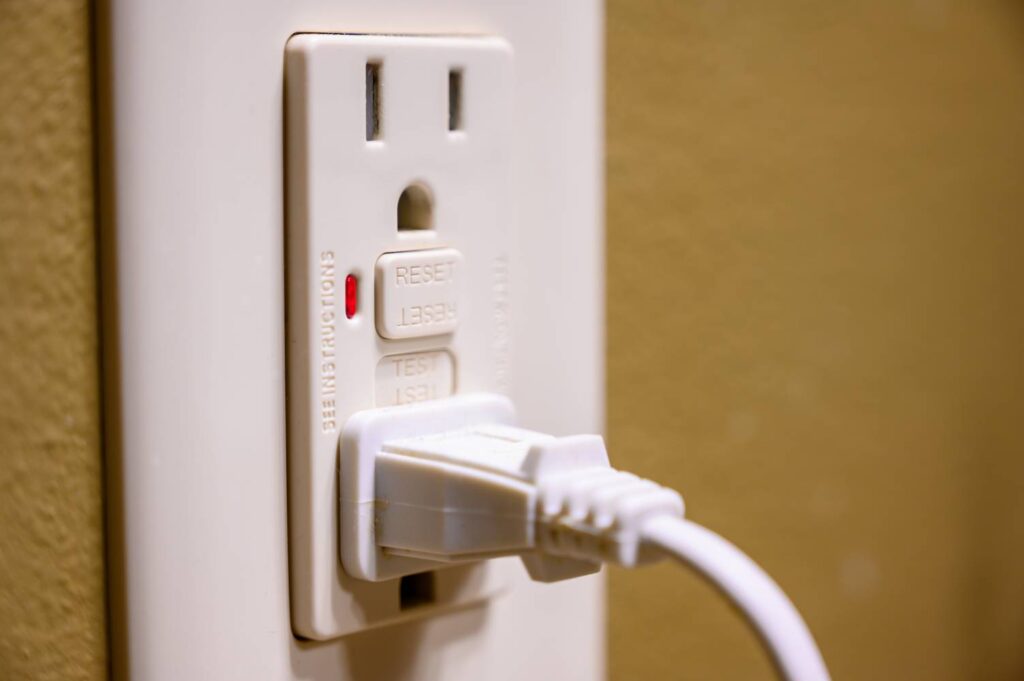If your kitchen light suddenly stops working, the first thing you should do is check the fuse box. This is where the main electrical supply for your home is located, and it's possible that the fuse for your kitchen light has blown. If you're not sure which fuse controls the kitchen light, look for one that is labeled "kitchen" or "lights." If the fuse appears to be blown, you can replace it with a new one of the same amperage. However, if the new fuse also blows immediately, there may be a larger issue at hand.1. Check the fuse box
If you've determined that the fuse for your kitchen light is blown, the next step is to replace it. Make sure to use a fuse with the same amperage rating as the old one. It's important to note that constantly blowing fuses can be a sign of a larger electrical problem. If you find yourself replacing fuses frequently, it's best to call an electrician to inspect your wiring and address any potential issues.2. Replace the fuse
Believe it or not, sometimes the solution to a non-working kitchen light is as simple as replacing the light bulb. Make sure to check the bulb and see if it needs to be changed. If the bulb looks fine, try replacing it with a new one just to be sure. It's possible that the old bulb could be faulty and causing the light to not work properly.3. Check the light bulb
If your kitchen light is controlled by a circuit breaker rather than a fuse, it's possible that the breaker has been tripped. This can happen if there is an overload on the circuit, causing it to shut off as a safety precaution. To reset the circuit breaker, locate the one that controls the kitchen light and flip it to the "off" position, then back to "on." If the breaker continues to trip, it's best to call an electrician to inspect the wiring and make any necessary repairs.4. Reset the circuit breaker
If none of the above solutions have fixed the issue, it's time to check the wiring. This is where things can get a bit more complicated, so it's best to call a professional electrician to handle any repairs. The wiring in your kitchen light could be damaged or loose, causing it to not work properly. A trained electrician will be able to assess the situation and make any necessary repairs to get your light working again.5. Check the wiring
If you're not comfortable checking the wiring yourself, it's best to call an electrician right away. Dealing with electrical issues can be dangerous, so it's always best to leave it to the professionals. An electrician will be able to identify the root cause of the problem and make any necessary repairs to get your kitchen light working again. They will also ensure that everything is up to code and safe for you and your family.6. Call an electrician
In some cases, a kitchen light may stop working due to loose connections. This can happen over time as the wiring ages and becomes loose from constant use. If you're comfortable doing so, you can check for loose connections yourself. Make sure to turn off the power to the light before attempting to tighten any connections.7. Check for loose connections
The switch for your kitchen light could also be the culprit. Over time, switches can wear out and stop functioning properly. To test the switch, turn off the power to the light and remove the switch cover. Use a multimeter to test the switch for continuity. If the switch is not working properly, it will need to be replaced.8. Test the switch
If your kitchen light is not working and is connected to a GFCI outlet, it's possible that the outlet has tripped. GFCI outlets have a built-in safety feature that shuts off the power if there is a surge or short circuit. To reset the GFCI outlet, simply push the "reset" button. If the outlet continues to trip, there may be an issue with the wiring and an electrician should be called to inspect and repair it.9. Look for tripped GFCI outlets
If your kitchen light is located near a sink or other water source, it's possible that water damage could be the cause of it not working. Water can cause wires to corrode and connections to become loose. If you suspect water damage, it's best to call an electrician to inspect the wiring and make any necessary repairs. They will also be able to check for any potential hazards and ensure that everything is safe and up to code.10. Check for water damage
The Importance of Proper Lighting in Your Kitchen Design
/Lifewire_Fix_Skype_Problems_4153434-e178ff57c2a9471b992df6610d74d69e.gif)
Creating a Functional and Aesthetic Kitchen Space
 When it comes to designing your kitchen, lighting is often an overlooked aspect but it can make a huge difference in the functionality and aesthetic of the space. A well-lit kitchen not only makes it easier to prepare meals and complete tasks, but it also adds to the overall ambiance and atmosphere of the room. However, a common issue that homeowners face is when their kitchen light won't work due to a fuse problem. In this article, we will explore the importance of proper lighting in your kitchen design and how to troubleshoot and fix fuse issues.
Proper Lighting Enhances Functionality
One of the main purposes of a kitchen is to prepare and cook meals, and having proper lighting is crucial for this task. Without adequate lighting, it can be difficult to see what you are doing, leading to potential safety hazards and mistakes in food preparation. By incorporating task lighting, such as under-cabinet lights or pendant lights above the work area, you can ensure that your kitchen is well-lit for all your cooking and food prep needs.
Lighting Sets the Mood
Aside from functionality, lighting also plays a significant role in setting the mood and atmosphere of your kitchen. Whether you prefer a bright and lively space or a cozy and intimate ambiance, the type of lighting you choose can greatly impact the overall feel of the room. For example, dimmable lights allow you to adjust the brightness depending on the occasion, while warm-toned lights can create a more inviting and comfortable atmosphere.
Troubleshooting Fuse Issues
Now, let's address the issue of a kitchen light not working due to a fuse problem. The first step is to check the main electrical panel and see if any fuses have been tripped. If you find a tripped fuse, you can simply reset it and see if that solves the problem. However, if the fuse continues to trip, it may be a sign of a larger electrical issue that should be addressed by a professional.
Conclusion
In conclusion, proper lighting is a crucial aspect of kitchen design that should not be overlooked. It not only enhances functionality but also sets the mood and atmosphere of the space. If you are experiencing issues with your kitchen light not working, it is important to investigate and troubleshoot the problem to ensure a safe and well-lit kitchen. By considering both functionality and aesthetics, you can create a beautiful and functional kitchen design that meets all your lighting needs.
When it comes to designing your kitchen, lighting is often an overlooked aspect but it can make a huge difference in the functionality and aesthetic of the space. A well-lit kitchen not only makes it easier to prepare meals and complete tasks, but it also adds to the overall ambiance and atmosphere of the room. However, a common issue that homeowners face is when their kitchen light won't work due to a fuse problem. In this article, we will explore the importance of proper lighting in your kitchen design and how to troubleshoot and fix fuse issues.
Proper Lighting Enhances Functionality
One of the main purposes of a kitchen is to prepare and cook meals, and having proper lighting is crucial for this task. Without adequate lighting, it can be difficult to see what you are doing, leading to potential safety hazards and mistakes in food preparation. By incorporating task lighting, such as under-cabinet lights or pendant lights above the work area, you can ensure that your kitchen is well-lit for all your cooking and food prep needs.
Lighting Sets the Mood
Aside from functionality, lighting also plays a significant role in setting the mood and atmosphere of your kitchen. Whether you prefer a bright and lively space or a cozy and intimate ambiance, the type of lighting you choose can greatly impact the overall feel of the room. For example, dimmable lights allow you to adjust the brightness depending on the occasion, while warm-toned lights can create a more inviting and comfortable atmosphere.
Troubleshooting Fuse Issues
Now, let's address the issue of a kitchen light not working due to a fuse problem. The first step is to check the main electrical panel and see if any fuses have been tripped. If you find a tripped fuse, you can simply reset it and see if that solves the problem. However, if the fuse continues to trip, it may be a sign of a larger electrical issue that should be addressed by a professional.
Conclusion
In conclusion, proper lighting is a crucial aspect of kitchen design that should not be overlooked. It not only enhances functionality but also sets the mood and atmosphere of the space. If you are experiencing issues with your kitchen light not working, it is important to investigate and troubleshoot the problem to ensure a safe and well-lit kitchen. By considering both functionality and aesthetics, you can create a beautiful and functional kitchen design that meets all your lighting needs.





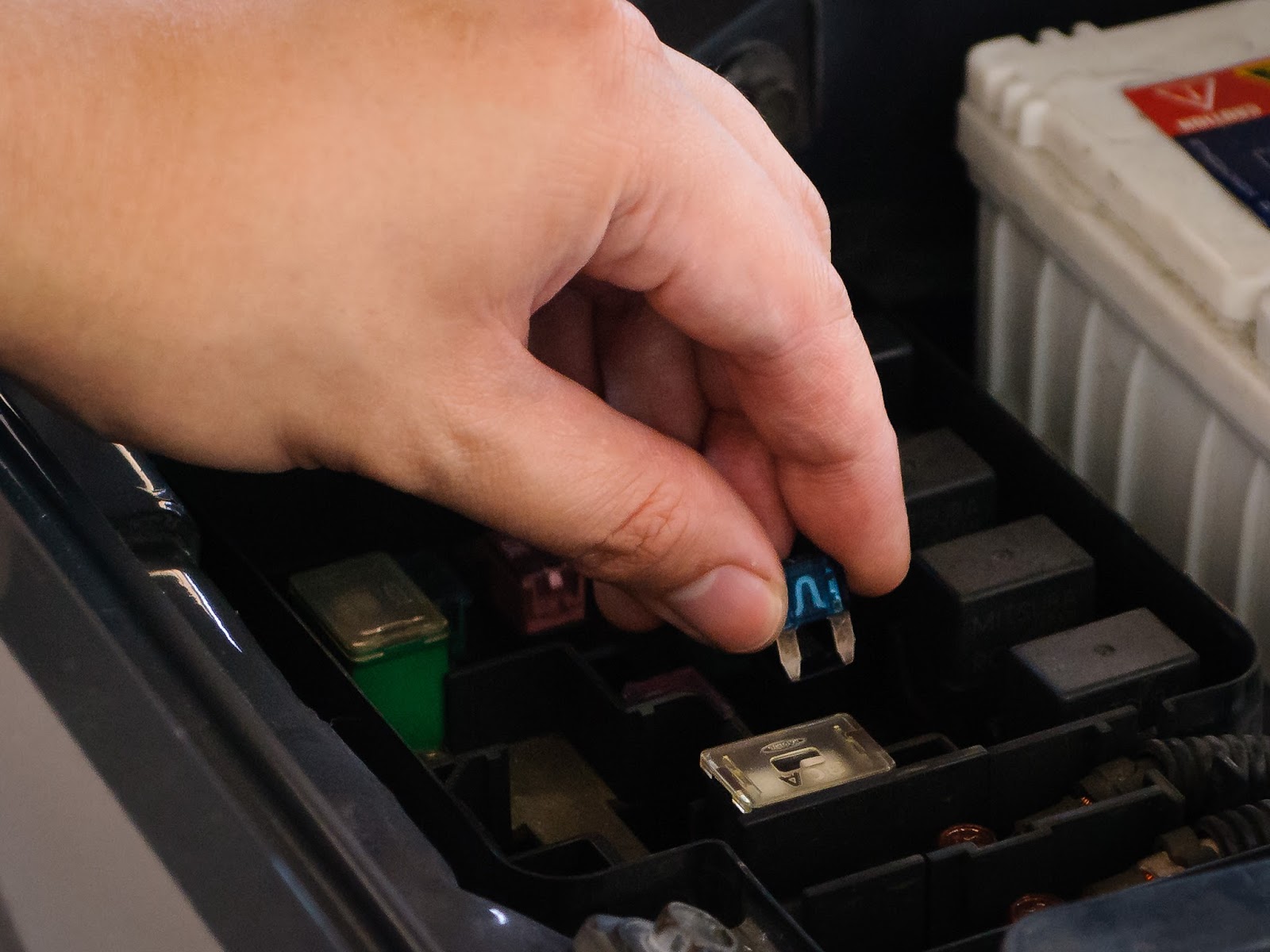
















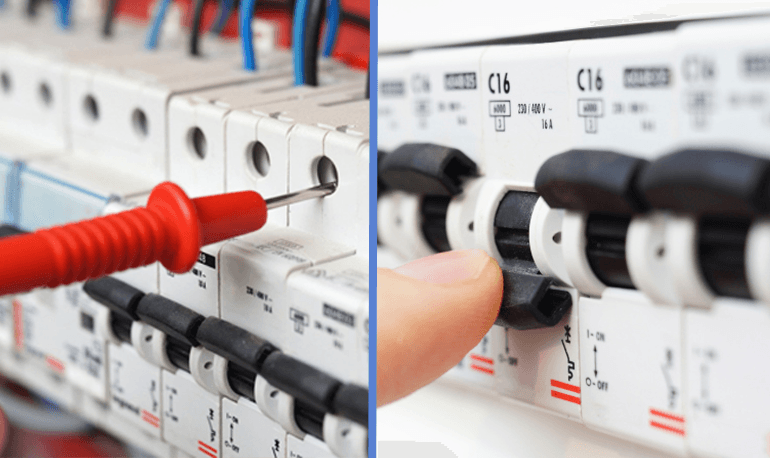
























































:max_bytes(150000):strip_icc()/monitor-power-cable-5a8dcdec875db90036802f0c.png)
:max_bytes(150000):strip_icc()/power-cables-surge-protector-5a8dd095ff1b7800376478d0.png)

:max_bytes(150000):strip_icc()/power-strip-plugged-in-5a8dd1d3c6733500377cd3a6.png)









